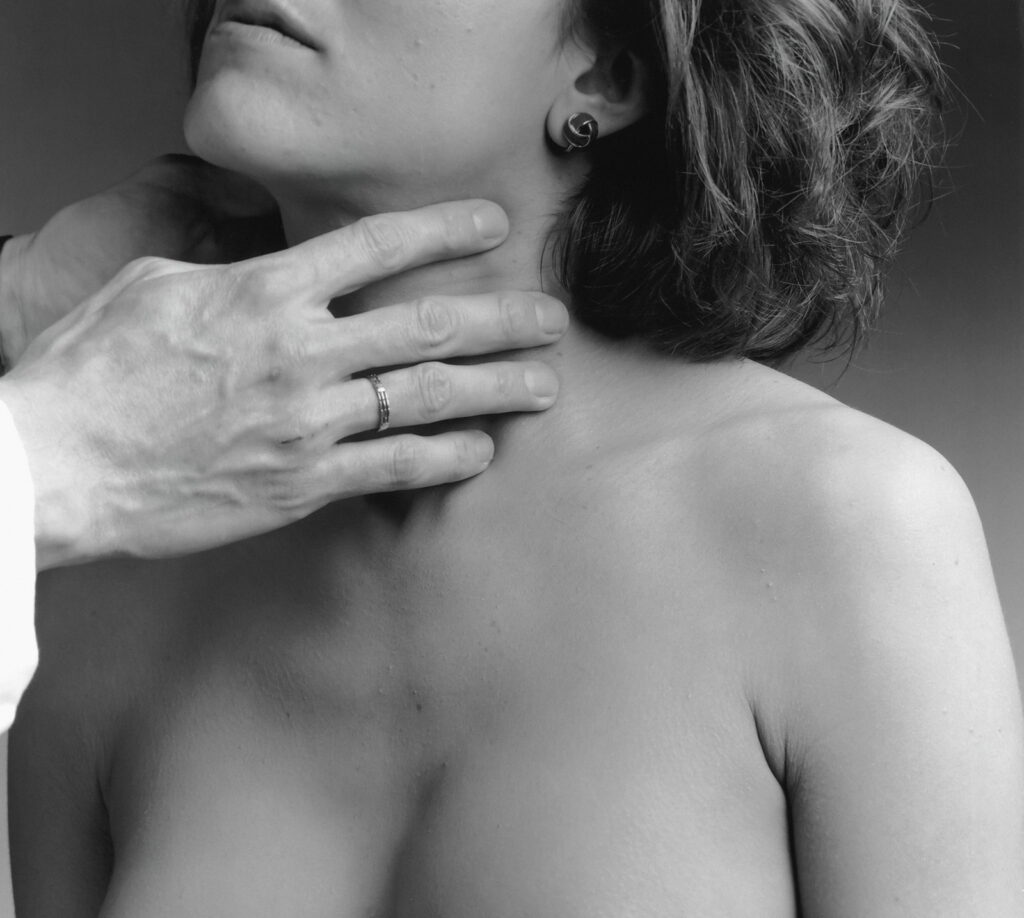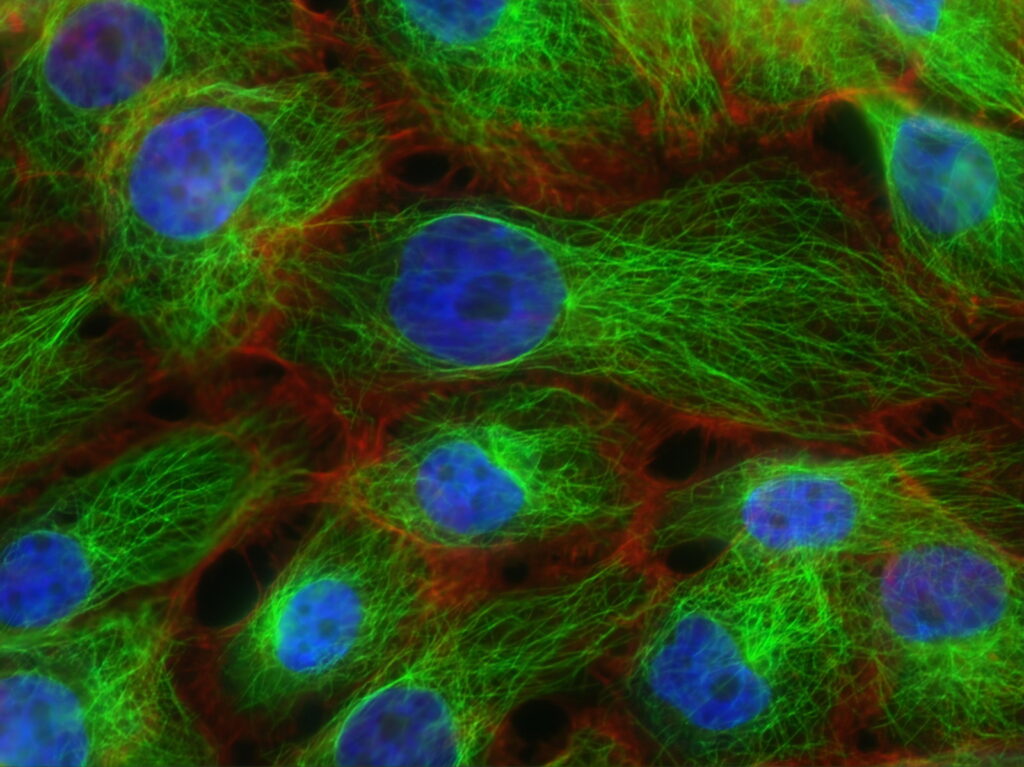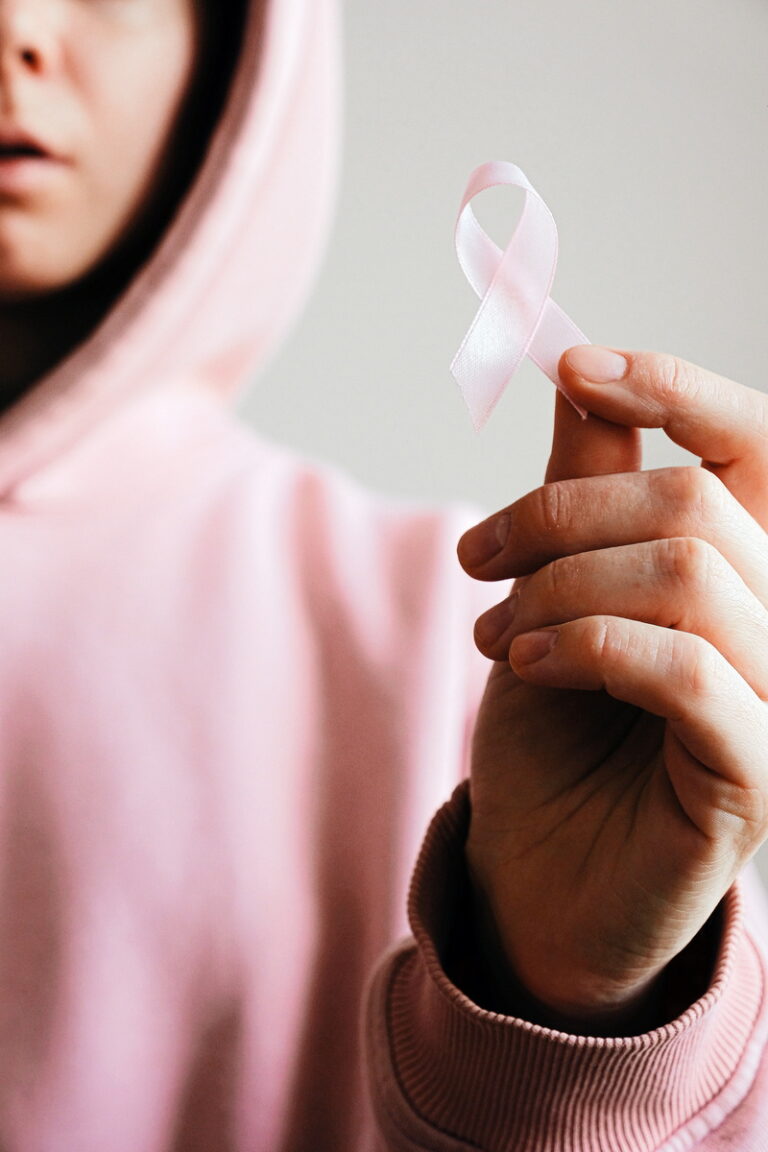About Breast Cancer
According to the World Health Organization, breast cancer is the world’s most prevalent cancer. In 2020, 2.3 million women were diagnosed with breast cancer and 685 000 women died from the disease.[1]
According to the Singapore Cancer Registry, breast cancer was the most common cancer diagnosed among women in Singapore between 2016 to 2020.[2] An estimated 1 in 13 women are affected by breast cancer at some point in their lifetime,[3] with breast cancer being the leading form of cancer mortality among women between 2016 and 2020.
While breast cancer can be a frightening diagnosis, there are many resources available to help patients and their families through treatment and beyond. Importantly, with medical advancement, breast cancer is now a curable condition. This website will provide an overview of breast cancer, including signs and symptoms to watch out for.

What is Breast Cancer

In breast cancer, mutated cells in the breast tissue divide rapidly and grow abnormally. As these cancerous cells do not die, they accumulate and form lumps or masses within the breast. Cancer cells can then spread to other parts of the body and nearby lymph nodes.
The National Cancer Institute defines breast cancer as “cancer that forms in tissues of the breast.” There are several different types of breast cancer, but the most common is Ductal Carcinoma, a form of breast cancer that forms in the lining of the milk ducts within breasts. Ductal carcinoma makes up an estimated 80% of all breast cancer cases. It may remain as non-invasive cancer, Ductal Carcinoma in situ (DCIS), or may develop into invasive Ductal Carcinoma (IDC) if the cancer spreads out of the ducts.
Breast cancer can occur in both men and women, but it is much more common in women. Women over 50 make up the bulk of breast cancer cases, however, women of all ages can be affected by the disease.
It is possible for breast cancer to recur. Generally, the risk of recurrence is the highest in the first 2-5 years after treatment and the more advanced cancer the higher the risk of recurrence.
Signs and Symptoms of Breast Cancer
Early detection is key to improving survival rates for breast cancer. When it comes to detecting breast cancer, there are certain signs and symptoms to look out for.
What to look out for:
The most common sign of breast cancer is a new lump or mass in the breast. Lumps are usually hard and painless. While the vast majority of breast lumps are not cancerous, it is essential to have any breast lump checked by a doctor to be sure.
Another early and common sign of breast cancer is a change in the appearance of the nipple. Here are some of the nipple changes to look out for:
- Change in the appearance of the nipple: Scaling, crusting, or ulceration on the skin around the nipple or areola. The skin around the nipple or areola may become dry, flaky, or crusty. This can be a sign of inflammation or infection, but it can also be an early sign of breast cancer.
- Change in the direction that the nipple points: Normally, the nipples point outwards. If they turn inwards (inverted nipples) or become flat instead of protruding, it could be a sign of breast cancer. Though some women may naturally have inverted nipples, a sudden retraction may be a symptom of breast cancer
- Nipple discharge (fluid leaking from the nipple): Any discharge that leaks from the nipple (other than milk) can be a sign of breast cancer, especially if it is white, bloody or clear and sticky. However, following breastfeeding or giving birth, milky nipple discharge is normal and is not a sign of breast cancer
- Nipple pain: Breast cancer can cause pain in the breast or nipple. This is usually a late sign of the disease.
- Redness or thickening of the nipple or areola
- Itchiness or soreness of the nipple
Though some of these symptoms may indicate benign conditions, they are also common signs of early-stage breast cancer. Hence, it is important to have any changes checked by a doctor so that they can be treated, if necessary.
Changes to the skin on your breast can also be a sign of breast cancer. These changes can include:
- Dimpling, puckering or bulging of the breast skin
- Thickening, flaking, or redness of the breast skin
- New rashes or sores on the breasts
These changes can occur in both men and women, but are more often seen in women. These symptoms can also be caused by other conditions that are not cancer, so it's important to see a doctor for a diagnosis.
Lymph nodes are small bean-shaped structures that filter out harmful substances from the lymphatic fluid. Hundreds are found in clusters throughout the body, including in the underarm (axilla Breast cancer can cause lymph nodes to swell, especially those under the arm and near the collar bone.
In addition to the changes listed above, other possible signs and symptoms of breast cancer include:
- Changes in the size, shape, or contour of the breast. Breasts that are usually different sizes may suddenly become the same size or one may become larger than the other.
- Pain in the breast or armpit that does not go away
- Swelling or tenderness in your armpit
- Fatigue
- Unexplained weight loss
- Fever
- Bone pain (especially in the back) or fractures that occur without any injury or trauma
While these symptoms can be caused by conditions other than cancer, it's important to have them checked out by a doctor.
Can men get breast cancer?
Yes, men can get breast cancer, though it is much less common than in women. Men with breast cancer may experience similar symptoms as women, such as changes in the size or shape of the breasts, nipple discharge, and nipple pain.
When to see a doctor
If you notice any changes in your breasts, it’s important to see a doctor right away. Many of these signs and symptoms can also be caused by conditions that are not cancer. Only a trained medical professional can tell you for sure whether you have breast cancer.
Your doctor will likely perform a physical exam and order tests, such as a mammogram or ultrasound, to determine if you have breast cancer. In some cases, these changes turn out to be benign . Still, it’s always best to get checked out by a doctor if you have any concerns. Early detection is key to the successful treatment of breast cancer.
Reference
[1] https://www.who.int/news-room/fact-sheets/detail/breast-cancer
*source: Singapore Cancer Registry Annual Report 2018

